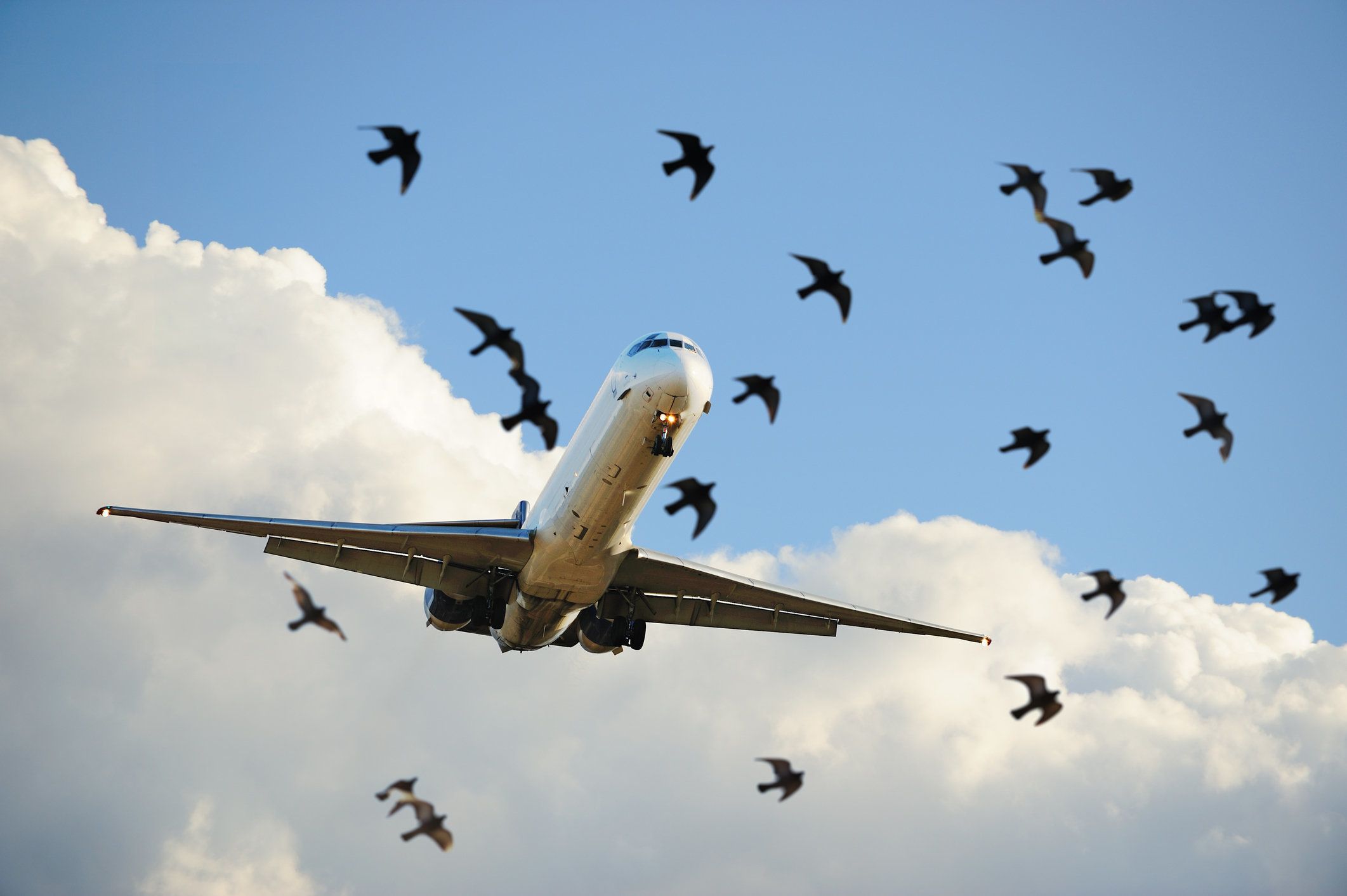Autonomous drones learn to herd birds away from airport runways
Engineers have created an algorithm which can teach autonomous drones to herd flocks of birds away from airport runways.
The system has been tested on a flock of birds in a field in South Korea, and it was found that a single autonomous drone can keep a flock of dozens of birds out of designated airspace.
Read More:
- The complete guide to US drone ownership: Rules and regulation explained
- Amazon wants to keep us safe with self-destructing delivery drones
- Autonomous indoor security drones could be coming to a building near you
It is hoped an autonomous system will eventually be used instead of the current methods employed by airports — which involve trained falcons, manually-piloted drones and even live ammunition — and help prevent potentially-deadly bird-strikes from downing aircraft.
The project was inspired by the so-called 'Miracle on the Hudson' of 2009, when an airliner lost all power after striking geese during take-off from LaGuardia airport. Landing on the Hudson river saved the lives of everyone onboard, but the incident highlighted the dangers birds can pose to aircraft.
Although crashes due to bird strikes are rare, those behind the project claim the incidents account for "well over" $1.2 billion worth of worldwide aviation damage annually. Between 1990 and 2013, the US Federal Aviation Administration documented 142,000 wildlife strikes, with birds accounting for 97 percent of these.
Research into the autonomous drone system is being carried out at the California Institute of Technology (Caltech), and is focused on teaching the autonomous flying machines how to herd the outlying birds of a flock, whose change of course is then mirrored by those towards the center of the flock.
The drone must perform its maneuvers carefully, as being too heavy-handed will see the flock split up and birds scatter into different directions. A too timid approach won't do enough to alter the flock's course.
Current techniques of using manually-controlled drones have their downsides. Soon-Jo Chung, an associate professor of aerospace and principal investigator on the drone herding project, told Caltech.edu "When herding birds away from an airspace, you have to be very careful in how you position your drone. If it's too far away, it won't move the flock. And if it gets too close, you risk scattering the flock and making it completely uncontrollable. That's difficult to do with a piloted drone."
The key is to keep the flock as a single, contained entity, where each bird reacts to the one next to it and they stay in close proximity. Despite developing his own bird-like drone (complete with flapping wings) in 2017, Chung found an off-the-shelf drone was just as effective at herding birds.
Flock behavior was studied, helping researchers to understand how threats are responded to and how messages are communicated through a flock of birds. The team then used this data to develop a mathematical model of flocking dynamics to describe how flying formations are built and maintained. This research built on pre-existing knowledge on how sheep are herded, but naturally incorporated three dimensions instead of just two.
This data was then reverse-engineered to work out of external threats — in other words, the drone — would be responded to by the birds. This information was then used to create an algorithm for determining the ideal flight path for a drone to follow.
Having successfully demonstrated the system in a Korean field, Chung and his team are now working to scale up to have multiple drones dealing with multiple flocks.
